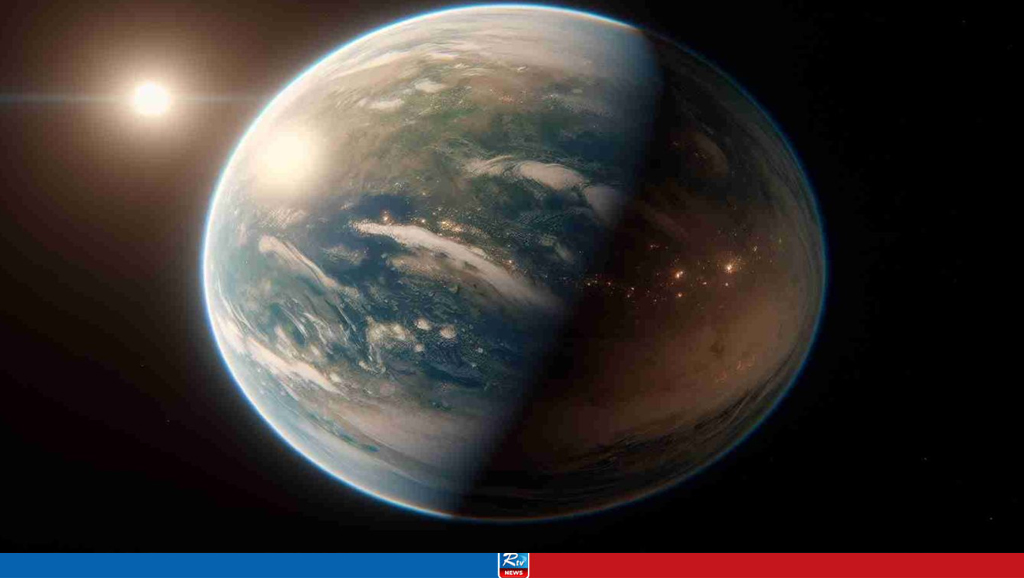Astronomers have found an Earth-sized planet orbiting a white dwarf 4,000 light-years away in the constellation Sagittarius, offering a glimpse into Earth’s distant future. This rocky planet, comparable in mass to Earth, orbits its star at twice the distance between Earth and the sun. The white dwarf—a dense remnant of a once-sun-like star—illustrates a possible outcome for our solar system, raising questions about how Earth might evolve.
As the sun ages, it will expand into a red giant, potentially engulfing planets like Mercury and Venus. However, scientists suggest Earth may avoid this fate if the sun’s mass loss pushes planets into wider orbits, which might allow Earth to escape the red giant’s reach. This scenario was explored by University of California, Berkeley astronomers using the Keck Telescope, hinting that Earth might survive the sun’s transformation, although its habitability would still be severely affected.
“Whether Earth will be swallowed when the sun becomes a red giant is still uncertain,” said UC Berkeley astronomer Jessica Lu. “The crucial question is whether Earth can avoid being consumed.”
Eventually, the sun’s habitable zone will shift closer to Jupiter and Saturn. Moons such as Europa, Callisto, and Ganymede could emerge as potential habitats, especially as Earth’s oceans are expected to vaporize within a billion years due to the greenhouse effect. Lead researcher Keming Zhang remarked, “Humanity may need to consider these outer solar system refuges for survival.”




